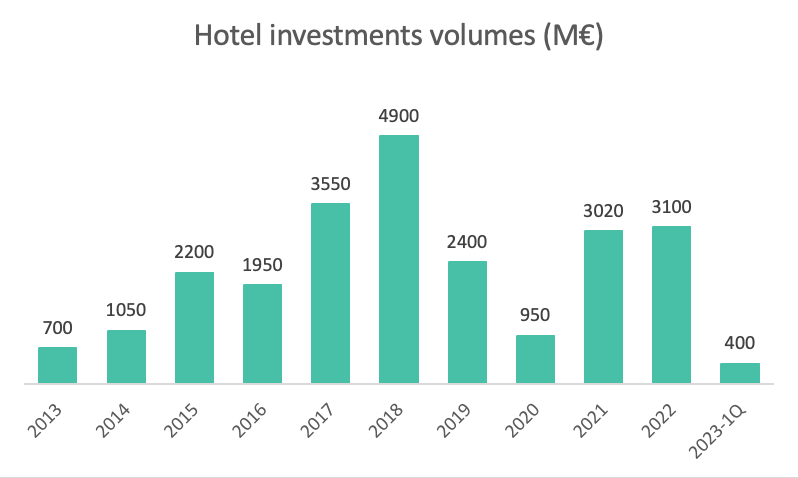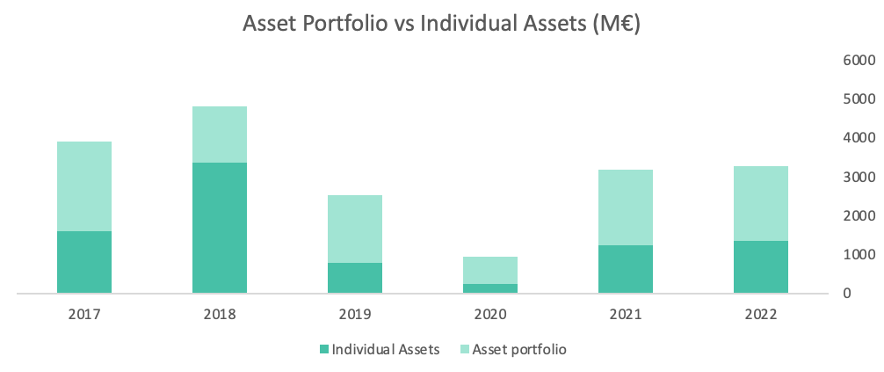M&A Aggregation Play: Transforming Spain's High-End Hotel Industry
Urban Insider 1; M&A Aggregation Play: Transforming Spain's High-End Hotel Industry
Welcome to the world of mergers and acquisitions, where the art of strategic manoeuvres converges with the allure of luxurious accommodations. Picture this: A portfolio of opulent high-end hotels, scattered like precious gems across the enchanting landscape of Spain, drawing investors like moths to a mesmerizing flame. This is the realm of the aggregation play in the hotel industry – an audacious strategy that promises to reshape the very essence of hospitality.
Spain, known for its vibrant culture, rich history, and breath-taking landscapes, has long captivated the hearts of travellers seeking an unparalleled experience. High-end hotels, standing as icons of luxury and sophistication, have been at the forefront of this allure, enchanting both tourists and investors alike. Today, we embark on a journey that explores the interplay of mergers and acquisitions in the Spanish hotel industry and the rising phenomenon of aggregation play.
Throughout the 21st century the hospitality industry has been a big part of Spain economy, as we move from 2013 with a hotel investment volume of 700M€, Spain presented a constant investment growth reaching its peak of 4900M€ in 2018. Spain Hotel investments were in a steady growing trend but as we know the hospitality industry was one of the most affected industries overall by COVID-19 Pandemic. The industry had a rough 2019 and continued surviving reaching its lowest investment volume in the last 8 years in 2020 of 950M€. However, for 2021 and 2022 was a little different as we expected people wanted to travel and be back to normality, so a big investment volume was to expect as the industry needed revive completely with 3020M€ and 3100M€.

Now we needed to focus on specific locations, so we studied the numbers of top touristic locations for hospitality industry in Spain, where the Balearic isles are leading with a 32.5% of the market investment percentage and 913M€, with a total of 33 deals closed, followed by Madrid 28.6%, 803M€ with 19 deals and Málaga with 20%, 562M€ and 12 deals closed.
Knowing all that we could expect a 2023 with a similar investment volume on previous years we decided to start reviewing hotels to create the aggregation play strategy of high-end hotels.
Also, it is important to note that reviewing the EURIBOR and the lease prime yields is essential because not only for reviewing the cost of financing, but it also determines what investors are willing to pay for a specific yield. So, by checking EURIBOR history and comparing it to the lease prime yields by zone we detected that investor are expecting a higher yield for the cost of their investments, and because of the high EURIBOR rate the financing will be expensive.

Even if the rates are up and there is a higher yield expectation, if we look at single asset acquisition versus portfolio acquisitions through time we can see the impact of the pandemic in 2020 but if we look to 2021 and 2022 we see an increment on both types of acquisitions but specially the portfolio acquisitions where we almost reach numbers like 2017, so the market is stabilizing and investments are up even after the pandemic.

Taking all into account we proceeded with the implementation strategy, as we can expect a growing tendency in hospitality industry, because of the normalization and the volumes of acquisitions.





